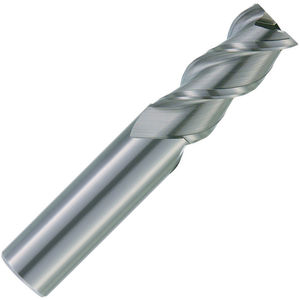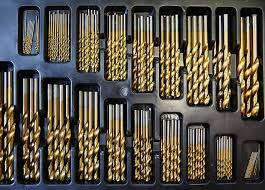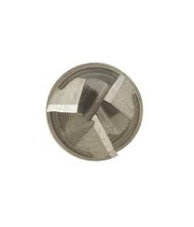Flute Count- An Underestimated Consideration For End Mills Selection
The carbide flat end mills have subtle features and characteristics that an untrained person will not understand. That is why proper training and guidance are necessary to do the needful. These features are what make every end mill different from another end mill. One such part is that of the flute count, which significantly impacts the performance of end mills and their effectiveness in cutting particular metals.
As your trusted partners in cutting tools like compression router bits, end mills, etc., we want you to understand why the flute count matters, especially in your end mills selection. Therefore, we bring solutions that suit your needs. Our professionals are ever ready to guide you for the same.
Getting to know flute count variations
Traditionally, flute count variations are available in the market: two flutes and four flute count carbide square end mills. You can explore more options for the same. Even three flute end mills are similar to the two flute ones as they work best with aluminium and non-ferrous metal alloys and have a core of around 50-55%, providing an evacuation space of 45-50% for chips.
While the four flute end mills have a core of 65%, providing much productivity in cutting more complex metal alloys like stainless steel, titanium, etc. There are end mills available with higher counts like 5, 6, 7, 8, and so on. A higher flute count means a larger core and higher tool strength. These are the essential factors that you must keep in mind and consider the equipment accordingly.
Flute count on end mills- Things to consider
Keep the three most essential things in mind while you are selecting a particular end mill cutter based on the flute count:
1. Machine Tool
A heavy-duty machine with lower RPMs and higher horsepower would work best with the lower flute count as scarbidquare end mills options. Conversely, higher RPMs and more inadequate horsepower tools work well with higher flute counts. Keep this vital aspect in consideration.
2. Work piece Material
The material on which the tool gets used must consider selecting the flute to count smartly. A higher flute count will work the best for the more rigid materials, while the softer metal alloys opt for, the lower flute count.
3. Operation Type and Cutting Requirements
A flat end mill cutter with a high flute count is a practical choice for more excellent and better finishing. For roughing applications, end mills with lower flute count are always the most preferred choices that people make.
Get in touch with our company for more information on carbide end mills, solid up-cut router bits, etc. We will be delighted to offer you variegated solutions, thus assuring your need fulfillment.




Comments
Post a Comment